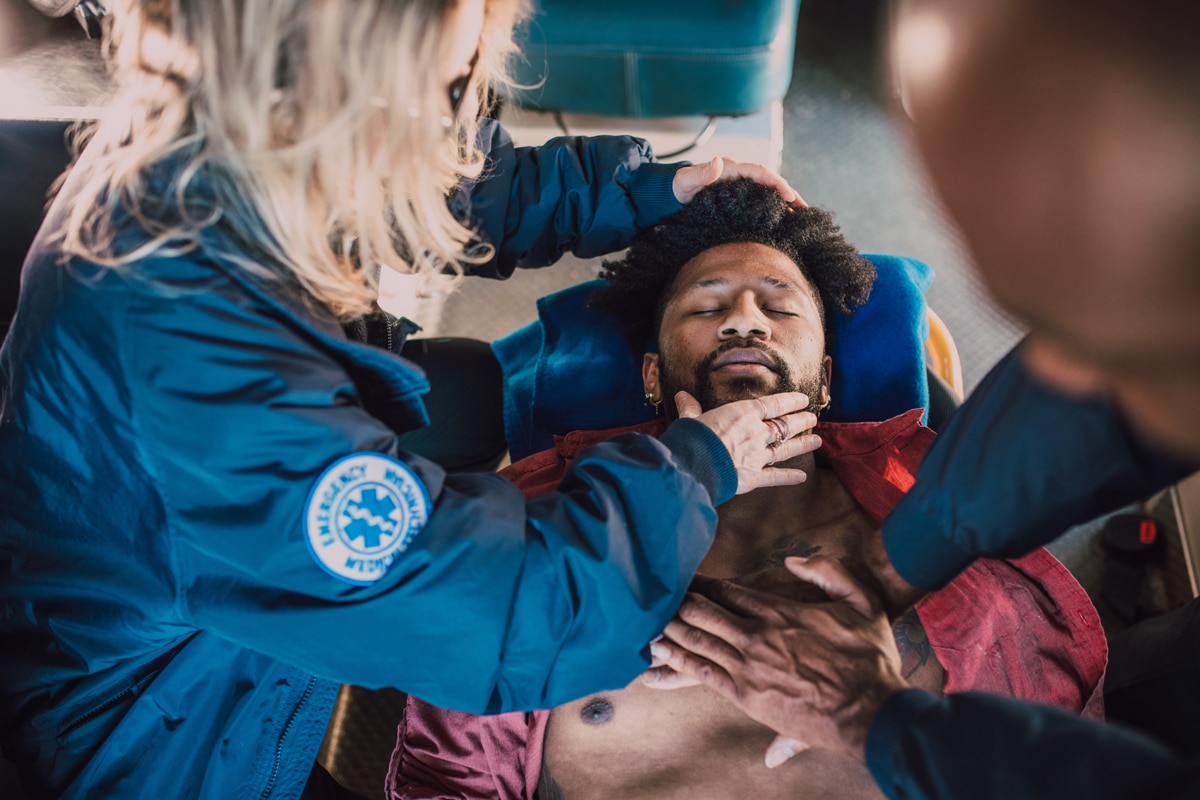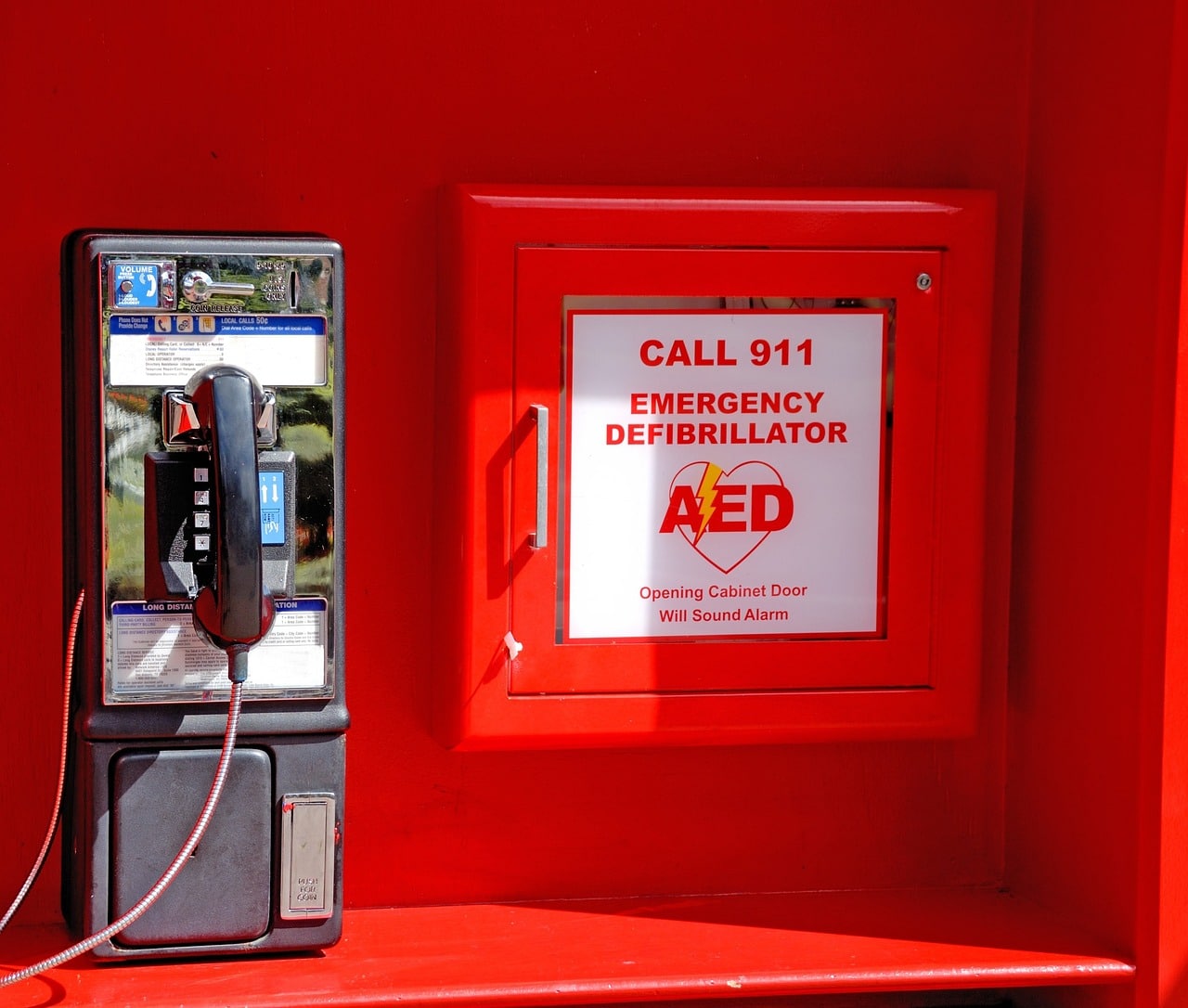For those looking to advance in the medical field, one of the best ways to do so is by obtaining BLS certification. Basic Life Support (BLS) certification is a credential that indicates an individual has been trained and certified in providing emergency care for those who are critically ill or injured. With this qualification, individuals can provide life-saving interventions such as CPR, AED use, and other first aid techniques.
Therefore, let’s explore the steps in how to get BLS Certified and why it is important.
A certified training program
The American Heart Association (AHA) offers a variety of courses, including Basic Life Support (BLS). However, it’s important to confirm that the course you choose meets all the requirements and certifications from the AHA. This can be done by checking to see if the program is accredited by either the AHA or other relevant professional organizations.
Once you’ve chosen a course, enroll in it and gather all necessary materials such as books and study guides.
The certification exam
After completing the BLS coursework, you will need to pass the certification exam. This is typically a written test that covers topics such as CPR, AED use, and other life-saving techniques. Most courses will provide study materials to help you prepare for the exam and study for ACLS as well. Depending on the course, you may also be able to take an online practice exam before taking the final one.
Additionally, if you do not pass the certification exam, you may be eligible for a retake. Be sure to check with your course provider to see what their guidelines are and how much time they allow between retakes.
Renewing your BLS certification
BLS certification is valid for two years; after this time it must be renewed. Renewal requirements vary by the course provider but generally involve completing a review course and passing a new exam. It’s important to stay up to date on AHA guidelines and materials as these change often. Additionally, some organizations may require you to complete additional coursework to maintain certification.
For instance, the American Heart Association requires individuals to complete a hands-on skills test to keep their certification valid.
Why get BLS certified?
Having a BLS certification is essential for anyone in the medical field, as it demonstrates that they are trained and qualified to provide life-saving interventions. More importantly, it gives them a competitive edge when applying for jobs or promotions.
Furthermore, having a BLS certification can provide peace of mind in knowing that you are well-prepared to handle any emergency.
Additionally, with the increased emphasis on safety and quality of care in today’s healthcare environment, medical professionals need to demonstrate their knowledge and skills by obtaining a recognized certification.
Who should get BLS certified?
Anyone working in the medical field, such as doctors, nurses, Emergency Medical Technicians (EMTs), and other healthcare professionals should consider getting BLS certified. Also, it is a good idea for those who are involved in activities such as teaching or leading groups of people to obtain certification, like teachers and professors, coaches, outdoor guides, and daycare staff.
Having BLS certification is also important for anyone who may come across a medical emergency, such as parents, babysitters, and lifeguards.
BLS certification can provide an additional layer of safety to any situation and can help equip individuals with the knowledge and skills necessary to save a life.
The differences between BLS and ACLS
Although both are important certifications, there are some key differences between BLS and Advanced Cardiac Life Support (ACLS). While the goal of both is to provide life-saving interventions in medical emergencies, the scope of each is slightly different.
BLS focuses on providing basic interventions such as CPR and AED use, as well as recognizing signs of respiratory and cardiac arrest. ACLS focuses on more advanced interventions such as administering medications, performing intubations, and utilizing other advanced treatments.
Additionally, while BLS certification is generally sufficient for those working in the medical field, those who plan to work in higher-level positions may need an ACLS certification to qualify.
It is clear that BLS certification is essential for anyone working in the medical field and can provide an additional layer of safety to any situation. With its focus on providing basic interventions like CPR, AED use, and recognizing signs of respiratory and cardiac arrest, it equips individuals with the knowledge necessary to save a life.
For those needing more advanced interventions such as administering medications or performing intubations, ACLS training may also be needed to qualify for certain roles in healthcare settings. Ultimately, obtaining both certifications will help equip you with the skill set necessary to handle any emergency should one arise.







